The Last 100: Endangered Species on the Edge of Extinction
Every organism has their own role in the balance of life on Earth. From tiny pollinators to massive marine mammals, they all contribute something to the delicately woven fabric of biodiversity. But now, many species are at the brink of extinction. Mny only have a few individuals left in the wild – less than 100 individuals. That’s such a staggering and heartbreaking number. These are the “Last 100”. Species that are so rare that their extinction could go undtected by the globe.
This article draws attention to some of these critically endangered animals, and details the processes that have led to their decline, the evolving strategies of conservation, and ultimately, why they need saving now more than ever.
What Does “The Last 100” Mean?
In conservation science, species are deemed critically endangered when there less than 100 individuals left in the wild (and in some cases total, this would include captive individuals as well). Some of these species are even considered “functionally extinct” maning the remaining population cannot and will not reproduce naturally, nor will they survive without human husbandry.
The term “The Last 100” is not a scientific classification. It serves as a stark reminder of just how close we are to losing them altogether.
Species on the Brink
Let’s take a closer look at a few species that fall within this critical category — the ones hanging on by a threat
:1. Vaquita (Phocoena sinus)

The vaquita is the rarest marine mammal in the world. It is found only in the northern Gulf of California in Mexico. It is estimated that there are only about 10 vaquitas left. Vaquitas are often bycatch in illegal fishing nets that are targeting another edangered species, the totoaba fish. Conservationists believe that without drastic and immediate action, the vaquita could be extinct in a few years.
2. Northern Bald Ibis (Geronticus eremita)
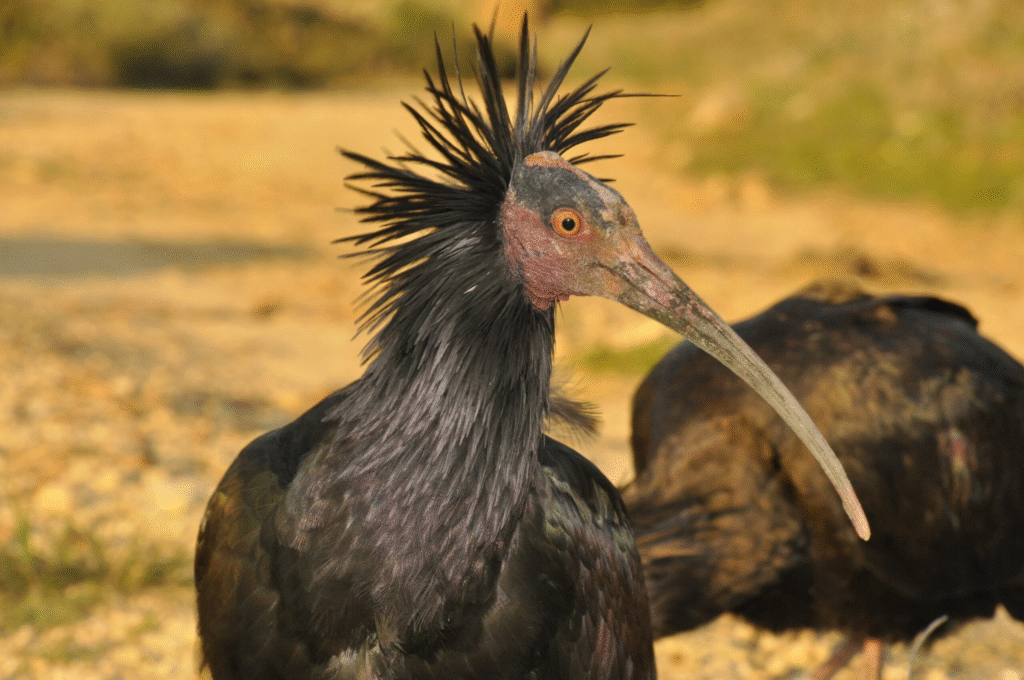
Previously widespread from Europe, across the Middle East, and into North Africa, this unique bird with a bald head and an excessively long and curved bill is now reduced to small colonies with some areas having fewer than 100 birds. While some of the reintroduction efforts have seen slight success, wild populations continue to be precarious because of habitat loss and hunting.
3. Javan Rhino (Rhinoceros sondaicus)

The Javan rhino is critically endangered, with only around 76 individuals still remaining – all in Ujung Kulon National Park in Indonesia. These timid and elusive rhinos are threatened by natural disasters, such as disease outbreaks and tsunamis, which could wipe out the small population in an instant.
4. Yangtze Giant Softshell Turtle (Rafetus swinhoei)
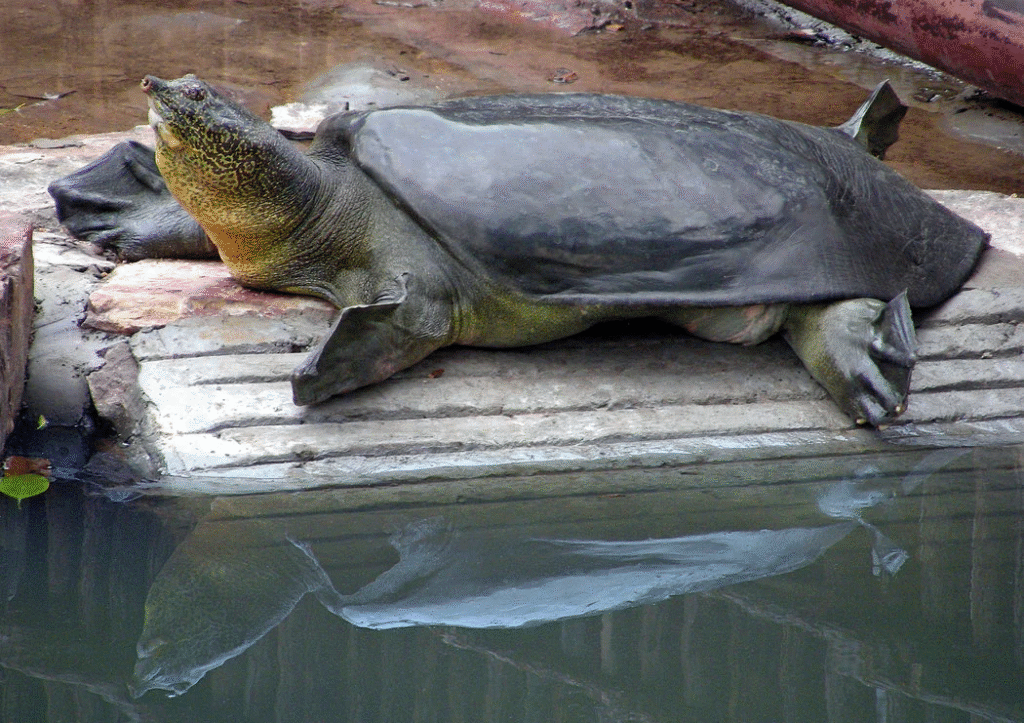
The Yangtze giant softshell turtle is almost extinct, with only three known individuals (possibly one female) alive in the world. Conservationists have tried artificial insemination, but, to this point, have not successfully produced a breeding pair. Without more breeding pairs, this ancient turtle – once found in many of China’s rivers – will soon be gone.
5. Spix’s Macaw (Cyanopsitta spixii)
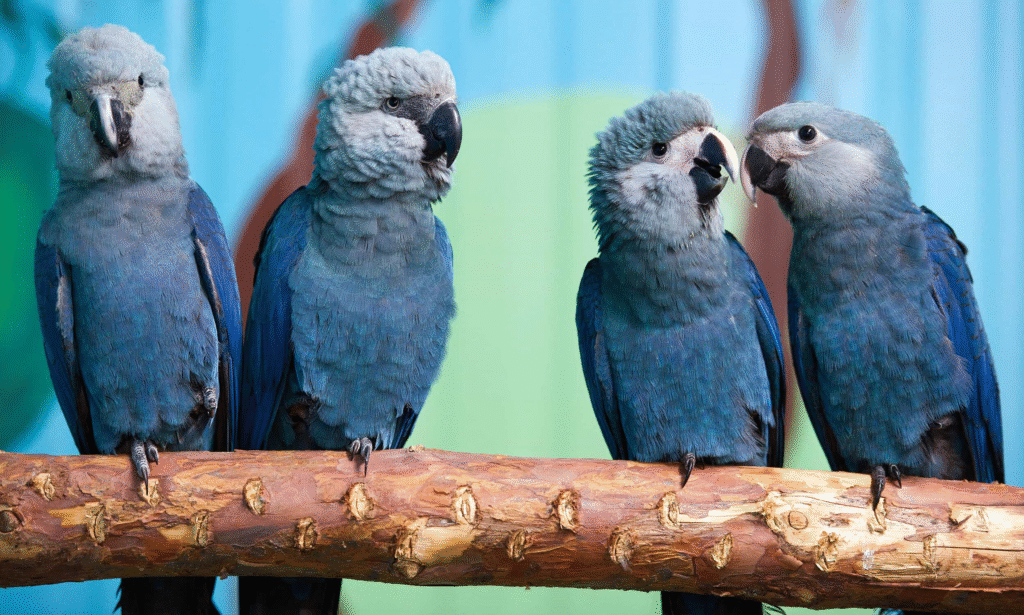
The Spix’s macaw, which got its fame from the animated film Rio, was declared functionally extinct in the wild in 2000. In Brazil, birds have been reintroduced, thanks to captive breeding, but the wild population remains under 100, making this one of the most critical birds for conservation conservationists.
Why Are These Species Disappearing?
The reasons for these animals’ decline are numerous and often interconnected:
- Habitat Loss: Urban development, agriculture, deforestation, and climate change continue to destroy the natural habitats species depend on.
- Poaching and Illegal Trade: Many critically endangered animals are hunted for their body parts, skins, or to be sold as exotic pets.
- Pollution: Water and air pollution disrupt ecosystems and poison wildlife.
- Invasive Species: Non-native species can outcompete, prey upon, or bring diseases to native species.
- Climate Change: Rising temperatures and changing weather patterns alter habitats, migration patterns, and food availability.
What Can Be Done to Save the Last 100?
There is still hope. Conservationists, scientists, local communities, and global organizations are taking action:
1. Captive Breeding and Reintroduction
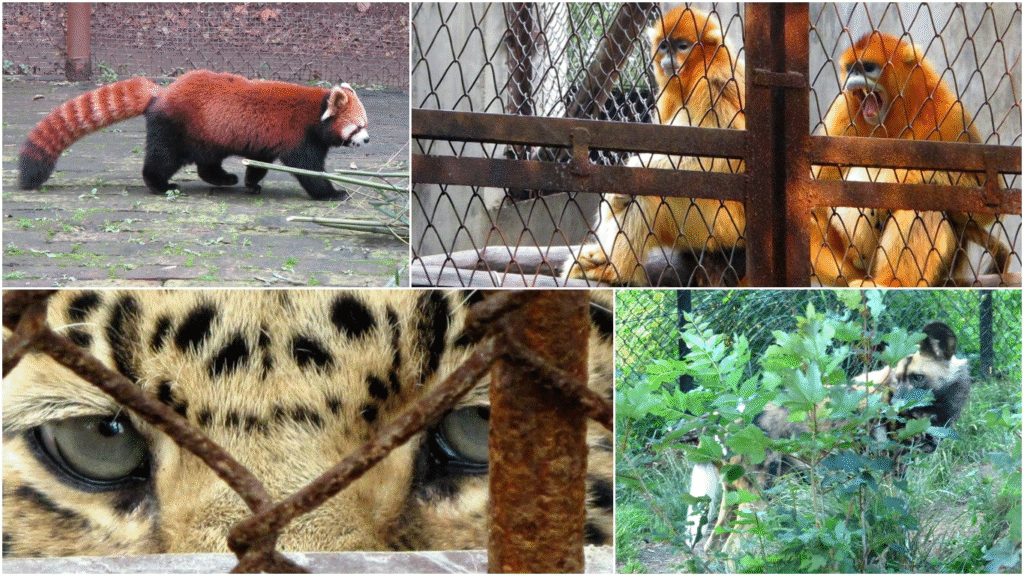
Numerous species have been saved from extinction by captive breeding. Zoos and wildlife organizations help to ensure genetic diversity and establish breeding pairs. For example, Spix’s macaw lives on today in part through captive breeding programs.
2. Protected Areas and Sanctuaries

The establishment of protected spaces assists with creation of areas where species can prosper without interactions from human activities. For example, the only reason there is a Javan Rhino left today is strict protection in Ujung Kulon National Park.
3. Anti-Poaching Efforts
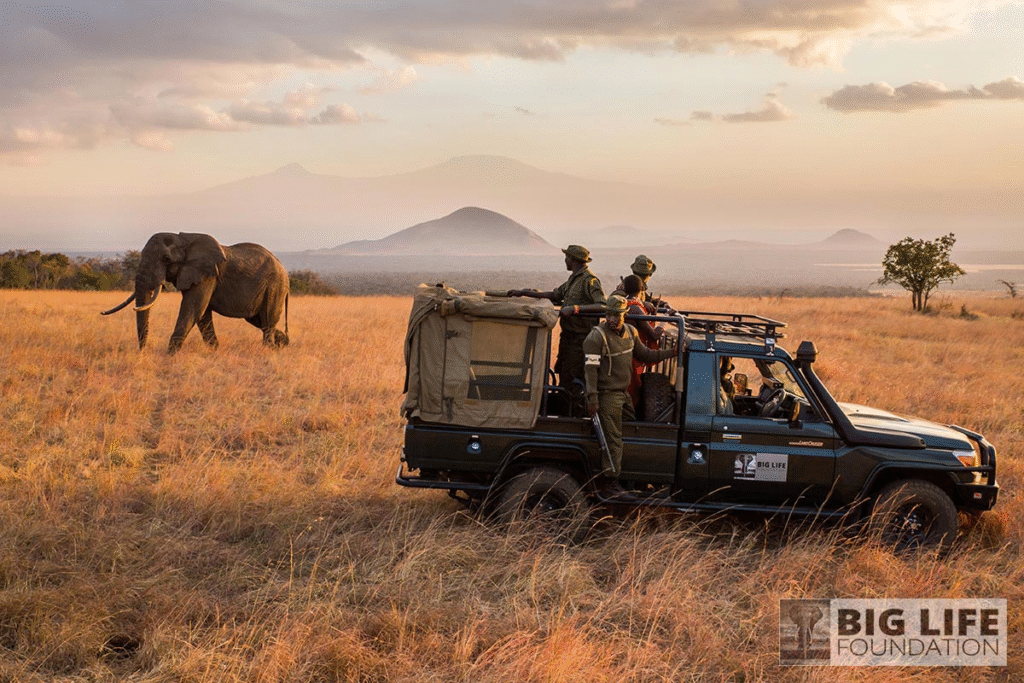
Stronger enforcement of wildlife laws and the use of surveillance technology like drones and camera traps help deter poaching and illegal trade.
4. Habitat Restoration

Replanting forests, cleaning up rivers, and restoring wetlands help rebuild ecosystems for endangered species.
5. Community Engagement

Educating and involving local communities can make a huge difference. When people see economic or cultural value in protecting species, conservation becomes a shared mission.
6. Global Cooperation

International treaties like CITES (the Convention on International Trade in Endangered Species) help regulate and reduce cross-border wildlife exploitation.
Why It Matters
Some may ask why we should put any effort into saving a species on the brink of extinction when it is likely not going to survive. The fact is, they all have roles to play — yes, even the ones we don’t see every day. Even losing one species can have severe impacts, including a domino effect across food webs, pollination systems, seed dispersal, or other important ecosystem services.
But there is a larger moral argument for this effort as well. These organisms have been an important part of our world for thousands, if not millions of years. Their right to exist is not based on their utility for humans. When we choose to save them, we are being responsible for our role as stewards of the Earth, and upholding the values we hold as humans.
How You Can Help
Even if you’re not a scientist or conservationist, you can still contribute to the fight for endangered species:
- Support Ethical Organizations: Donate to or volunteer with groups that protect wildlife.
- Avoid Wildlife Products: Don’t buy products made from endangered animals or exotic pets.
- Consume Responsibly: Choose sustainably sourced seafood, paper, and palm oil products.
- Spread Awareness: Use social media, blogs, or community events to educate others.
- Vote for the Planet: Support policies and leaders who prioritize conservation and environmental protection.
Conclusion: A Race Against Time
The Last 100 are more than figures — they are real, living and breathing reminders of what is on the line. Whether a sea porpoise on the coast of Mexico, a jungle rhino in Indonesia, or a blue-feathered bird in Brazil, these endangered species each have their own story and a unique role to fulfill in nature.
The struggle for survival is about more than just saving animals, it is to preserve the richness, diversity, and balance of our shared planet. Although time is limited, there is still the possibility to write a different ending for these extraordinary species. Will we act before it is too late?







